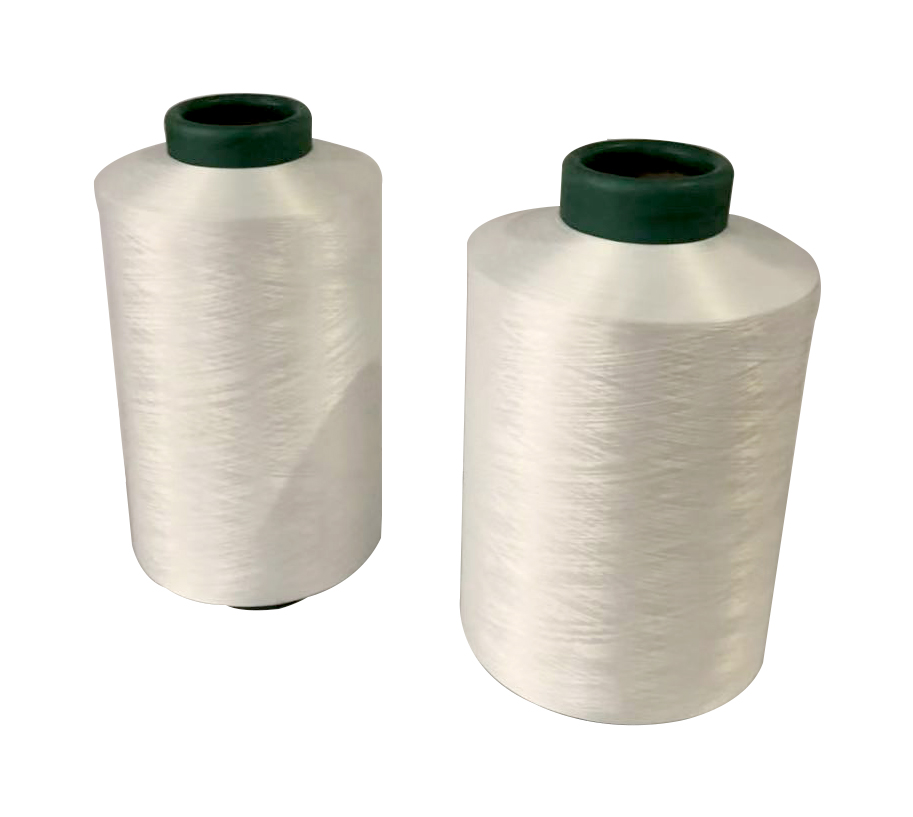White/Brown/Green 150D/48F DTY Yarn 99.99% Polyester AA Grade Eco-friendly Yarn ...
See DetailsPolymer raw materials are compounds of polymers that are essentially made up of ethylene terephthalate units. These polymers can be created with usual catalysts. This article will discuss the different types of polymers used in the manufacture of polyester. It will also provide a brief overview of the various properties of polyester raw materials. Here are some examples. polyester is a polyester fiber that has a wide range of applications, from bedding fiberfill to industrial and construction materials. It is also used in household products, such as house wraps and roof linings.
Polyethylene is produced by a chemical process called polymerization. The process of making polyester consists of two basic steps. First, the raw material is refined into ethylene glycol, which is a byproduct of petroleum. Then, ethylene oxide is converted into a monomer known as PET. Then, the raw material is converted into polyester fibers and fabrics. Then, the textile industry incorporates dyes and stitches the fabric into a garment.
The production of polyester produces significant amounts of water and energy, resulting in 27.2 kg of carbon dioxide equivalent per kilogram of woven polyester. Additionally, the waste generated during the process results in contamination of water and soil. As a result, wastewater that contains chemicals and dyes can pollute the environment. This can be harmful to human health and the environment. This is why it is important to recycle polyester, as much as possible. In addition to recycling, it is important to use sustainable products in textile manufacturing.

While polyester is naturally resistant to stains and has a low absorption rate, it is possible to modify it so that it is more durable and stronger. One method involves undergoing preshrinking. This prevents the material from stretching and shrinking during the production process. Other advantages of polyester fiber include its ability to resist dyeing and withstand the harmful effects of mildew. A variety of textile products made of polyester also feature textured fibers, which mimic silk fabric.
Another disadvantage of polyester is that it is not biodegradable. While many natural fibers, such as wool, are biodegradable, polyester cannot. As a result, it can take centuries for a synthetic fabric to degrade in the environment. In addition, there are other environmental problems with the production of polyester. The waste produced by polyester can be toxic, resulting in an unhealthy environment. It is important to consider the environmental impact of this process.
After the recent increase in oil prices, some of the major producers of polyester fibers include Taiwan, Korea, Japan, and Indonesia. Although some production occurs in the United States, polyester fibers are largely used in Asia to produce polyester-based apparel and consumables. The finished polyester apparel is exported to Western countries for consumption. Further, this type of fabric is one of the textile products available in the world. The price of polyester is the primary reason for its affordability.